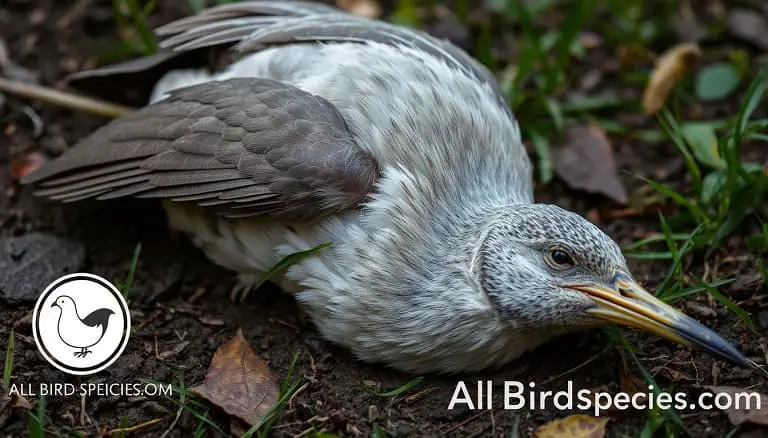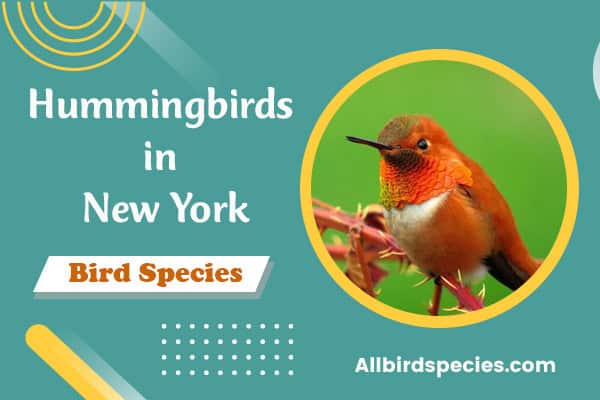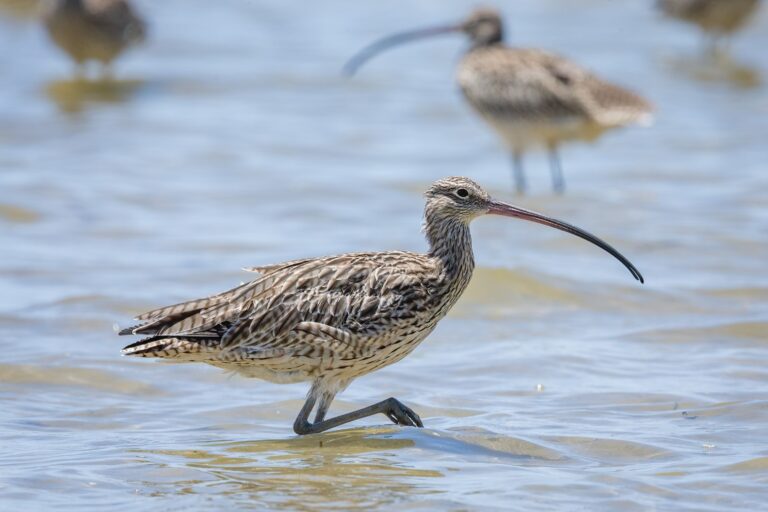American Robin Nests And Eggs: Insights Into Their Homes
Have you ever thought about what’s going on inside the American Robin Nests And Eggs in your yard? These birds, named Turdus migratorius by science, are common sights. They live in many areas, from city parks to country fields and high meadows. Looking closely at how they make homes and raise their families shows us how amazing they are. This article will give you a glimpse into the world of American robin nests and eggs. You might learn some surprising things!
A robin’s nest usually holds 3-5 eggs. The female robin lays one egg a day until she finishes. The eggs then spend about 12-14 days in the nest, getting warmth from the mom robin. These details shed light on the lives of these lovely birds.
Introduction to American Robins (& their nests and eggs)
The American robin (Turdus migratorius) is dearly loved in North America. Its beautiful song and image mark the arrival of spring. These birds can be seen everywhere, looking for food. They eat worms, insects, berries, and fruits. This makes them very important in our environment.
American robins have red-orange bellies and gray backs. This makes them stand out and they are loved by many. They can live in many places, from nature to cities. So, you can see them almost everywhere in North America.

Scientific Name: Turdus migratorius
Their scientific name is Turdus migratorius. This name means they like to travel. American robins are all over North America. Some even go to find food far north in winter. This makes their home very big.
Heralding the Arrival of Spring
Their singing tells us spring is near. American robins sing first when it gets warmer. This is a happy sound after winter. Their return shows us the start of a new season. It reminds us of the beauty in our world.
American Robin Nests And Eggs
Robins work hard when building their nests. This task is often a team effort between the male and female. The males find materials while the females carefully build the nest’s base.
Nest Construction
Robins build their nests in secure places, like tree branches or shrubbery. They look for spots that protect their nests from both predators and bad weather.
Nest Location
Robins find various spots to build their nests. They choose locations that keep their young safe and offer a good chance of survival.
Characteristics of Robin Eggs
Robin eggs are loved for their beautiful, sky-blue color. They are usually 2.0-2.4 cm wide and 2.7-3.0 cm long. A typical Robin nest will hold 3-5 of these unique eggs.
The Nesting Process: From Construction to Egg Laying
Female Robins play a key role in creating their nests. They collect twigs, grass, and even mud to form a cozy, cup-shaped home. This work takes them 2-6 days, showing their dedication.
How Robins Build Nests
Robin nests reflect their creative skills. They use about 350 dried fibers of grass and twigs for each nest. These nests, hardworking but small, are usually 8-20 centimeters wide. They weigh about 200 grams.
Egg Laying Cycle and Quantity
Once the nest is made, the female Robin lays her eggs. She usually lays 3-4 eggs, one each day, until she has a complete batch. Most robins will not have more than five eggs, making each blue egg very special.
Size and Color of Robin Eggs
Robin eggs are like cherries in size, about 2.0-2.4 cm wide and 2.7-3.0 cm long. Their bright blue color comes from a special pigment in the eggshell. This color makes each egg a wonder of nature loved by many.
Incubation and Brooding
The female robin turns into a diligent mom for about two weeks. She keeps her robin egg incubated at the perfect warmth. This duty keeps her at the nest, only flying off for quick breaks to eat.
This period is crucial, lasting 12 to 14 days. The female robin’s warmth and dedication change the eggs inside.
Incubation of Robin Eggs
Even though the female robin is the primary egg-sitter, the male robin’s role in incubation is important too. He hunts for food and watches for dangers, supporting his partner’s work.

Growth and Fledging of Chicks
Around two weeks after a robin lays eggs, the chicks start pecking their way out. These tiny baby robins grow fast, enlarging over 13 days until they are fledge-ready. Their parents, male and female, hunt all day for worms and bugs to feed them. With both parents working hard, the chicks get big and strong quickly.
Hatching and Chick Development
The first baby robin usually hatches 12-14 days after all eggs are laid. They hatch with few feathers and eyes that stick out, being altricial birds. In the next weeks, the baby robins will grow to their parent’s size.
Parental Care and Feeding
The robin parents are busy making sure their chicks are fed. A young robin might eat around 14 feet of worms in its early life. When parents come back with food, the baby robins eagerly beg for their share, showing that they’re hungry. Remarkably, robins can spot their own by the way they look and cry, not scent.
| Robin Chick Statistic | Value |
|---|---|
| Time to Hatch | 12-14 days after last egg laid |
| Time to Fledge | 13 days after hatching |
| Worms Eaten | Up to 14 feet during 2-week nest life |
| Time to Become Strong Fliers | 10-15 days after fledging |
| Eyes Opening | About 5 days after hatching |
Final Thoughts About American Robin Nests And Eggs
The American robin is a favorite at home and important for nature. By learning about their nesting habits and how to help them, we can keep them healthy. Robins are good at finding different places to build their nests. They protect their homes fiercely from any threats.
Robins show their strength by raising more than one family a year. It shows how vital they are to our environment. We must protect their nests and help them grow in numbers. This way, we help these amazing birds thrive.
It’s wonderful to see their blue eggs and hear their songs. The robin connects us deeply to nature. Let’s do our best to take care of their homes. This will keep the joy of seeing robins around for the future.






